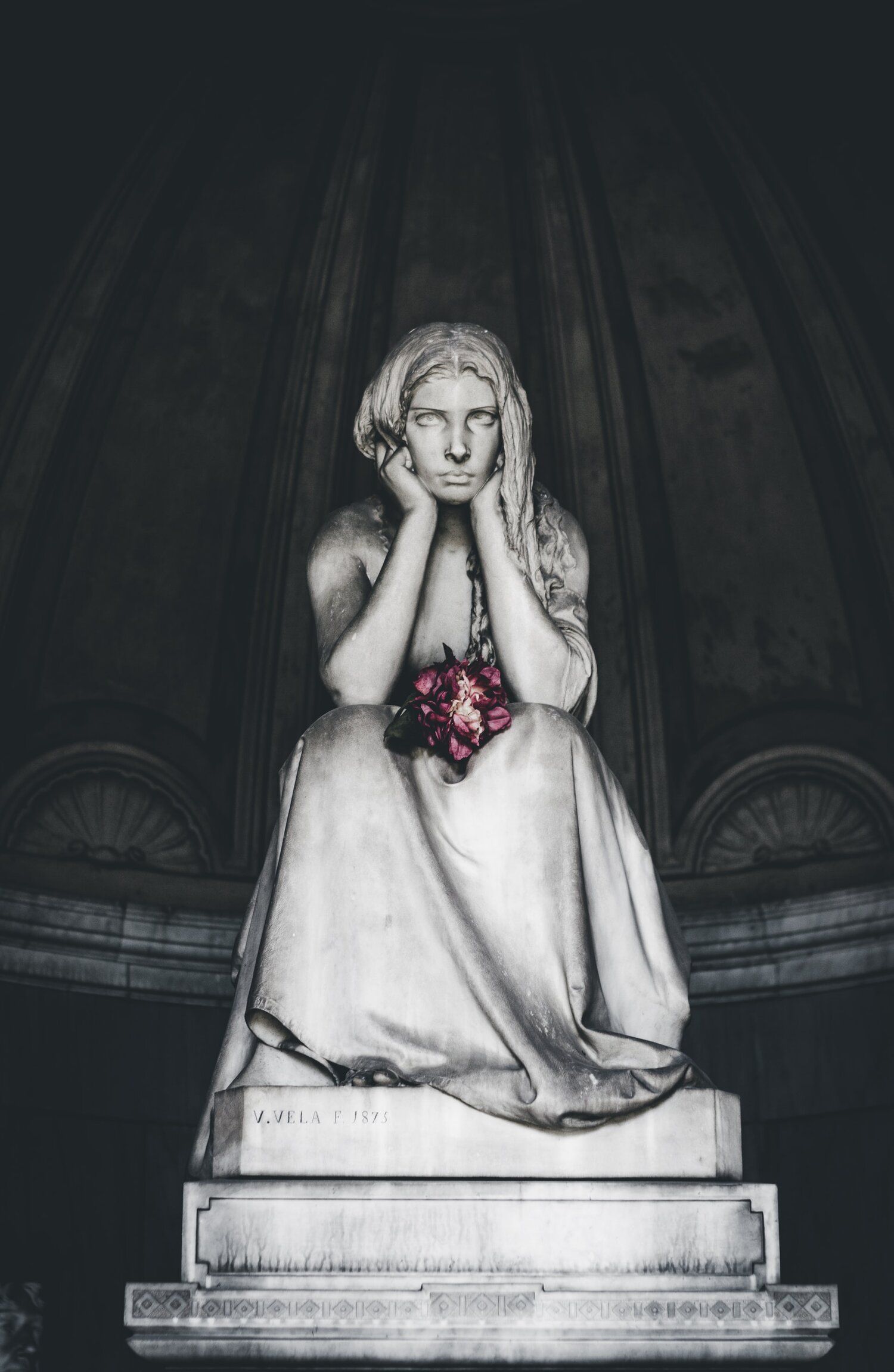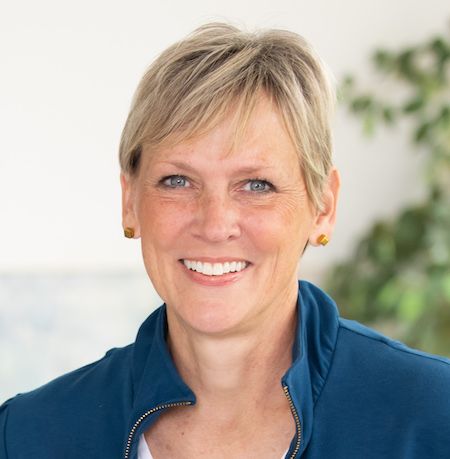Remember, You Will Die
Aug 16
/
Darcy Hansen

What started as a new concept, turned into a curiosity, then a spiritual practice. While researching for my doctoral project, I came across the concept of memento mori in Christiana N. Peterson’s Awakened by Death. Memento mori is Latin for “remember your death” or “remember you will die.” “Some say the origins of the phrase dates back to ancient Rome when lower-ranking officials would whisper the phrase to generals returning from the victories of battle, to encourage humility.”[1]
During the tumultuous medieval times, when the Black Plague swept through communities, people were forced to face their mortality. Memento mori manifested through the grave art of Danse Macabre and in religious meditations and prayers called ars moriendi (the art of dying).[2] This enabled church parishioners to die well when a priest was unavailable to come read them their last rites.[3]
As a person living in a Western cultural context, which has mitigated, managed, and masked death for generations, the concept of memento mori felt foreign, even absurd. Still, I wondered what the practice could look like in my contemporary, death adverse environment.
I began implementing memento mori through a daily reminder that I will die. For the past six months, when I prepare for the day, I put on a bracelet with the words memento mori engraved on it. As I wrap the band around my left wrist, I whisper those words. Throughout my day, I whisper those words. The bracelet serves as a consistent reminder that my time here is limited and ultimately how I choose to live each day matters.
Pause to notice if you are experiencing resonance or resistance.
Is there an image, a color or a texture that helps identify what you are experiencing?
While the daily reminder was helpful, I sensed God inviting me to further develop memento mori as a spiritual practice. To do this, I needed to move increasingly proximate to death through my language, location, and posture.
Moving proximate to death through language initially transpired by creating a timeline of my own personal story of death and grief. This timeline included my parents’ divorce, the physical death of numerous loved ones, as well as leaving my local faith community. It included dreams and hopes that died over the years. Honestly naming and acknowledging the complexities surrounding each death provided language and meaning to painful and traumatic events in the story of my life.
When I struggled with finding words to describe my internal realities, I found poetry and music provided honest and succinct language regarding loss and grief which speaks deeply to the truth of my mortality. By learning to speak of death, I am better able to see death and sit with its inevitability.
Pause to consider the events or moments that would be on a timeline of your story of death and grief.
The second invitation involved moving proximate to death through my location. Visits to my local cemetery, hiking through fire burned forests, and noticing the change of seasons all help me to connect not only with my own mortality, but also that of others. Sitting in the quiet space of a cemetery, I began considering my own death and desires for burial. Hiking through vast landscapes, noticing death and decay along the way, provided a hospitable space to consider loss, death, and grief around that which I’ve loved and loathed. Time spent in various locations forged an attentive awareness to the timeless indifference that exists and persists regardless if I am present.
Where are you being invited to move proximate to death through a location?
In moving proximate to death, I’ve noticed a subtle transformation in my spiritual posture. Where I once was fearful and in denial about my death, I’ve become humble and curious. This shift in posture was further facilitated through what I call embodied living. Embodied living is living in such a way that I am keenly aware of my human limits.
My daily rhythm includes noticing my physical body in a particular space. I pay attention to my breath and listen to my heart beat. I stop to feel the warm sun on my face or the cool of the afternoon shade while sitting under the canopy of a tree. I notice wind dancing through tall grass, children laughing on the playground, and the sweet taste of chocolate melting on my tongue. When I am tired or agitated, grief stricken or joy filled, I am reminded of the importance of embracing all the emotions that my being experiences. Living embodied reminds me I am a limited human being. I cannot do all things, and that actually is a good and freeing thing.
Pausing for a moment, check in with your body. What do you notice?
Memento mori as a phrase reminds me, I will die, but as a spiritual practice, it draws me deeper into my humanness and the humanness of others. It breaks down fear by verbally acknowledging what is and what will be. It moves me into spaces that invite me to wrestle with the complexities of loss and grief. It invites me to take a posture of humility, curiosity and kindness toward myself and others, knowing that in my death, my life matters. But ultimately, memento mori reminds me that the dust of which I am formed heeds the call to return Home, to be gathered with the generations who have gone before and who will come after to the place where flesh and bone, muscle and sinew, disintegrate and integrate into the Grace-filled Eternal.
Notes:
[1] Christiana N. Peterson. Awakened by Death: Life-giving Lessons from the Mystics. (Minneapolis, MN: Broadleaf Books, 2020) 24.
[2] Ibid., 24-25.
[3] Ibid., 24-25.

Darcy Hansen
Darcy is a wonderer and a wanderer who is learning to breathe, listen, and abide within the liminal spaces of life. She holds a Master of Divinity (concentration in Spiritual Direction) and spiritual direction certification from Portland Seminary. She is currently working on her Doctor of Ministry in Leadership and Global Perspectives, at Portland Seminary. Her research focuses on discovering ways to more fully embrace our humanity, so we are better equipped to care for the dying, dead, and grieving in our communities. As a spiritual director, Darcy walks alongside others through the holy and hard of life, seeking the Divine along the way. To learn more, see www.darcylhansen.com.
Darcy is a wonderer and a wanderer who is learning to breathe, listen, and abide within the liminal spaces of life. She holds a Master of Divinity (concentration in Spiritual Direction) and spiritual direction certification from Portland Seminary. She is currently working on her Doctor of Ministry in Leadership and Global Perspectives, at Portland Seminary. Her research focuses on discovering ways to more fully embrace our humanity, so we are better equipped to care for the dying, dead, and grieving in our communities. As a spiritual director, Darcy walks alongside others through the holy and hard of life, seeking the Divine along the way. To learn more, see www.darcylhansen.com.
https://www.darcylhansen.com

